Excavation on Mt. Zion from 1. to 31. July 2020
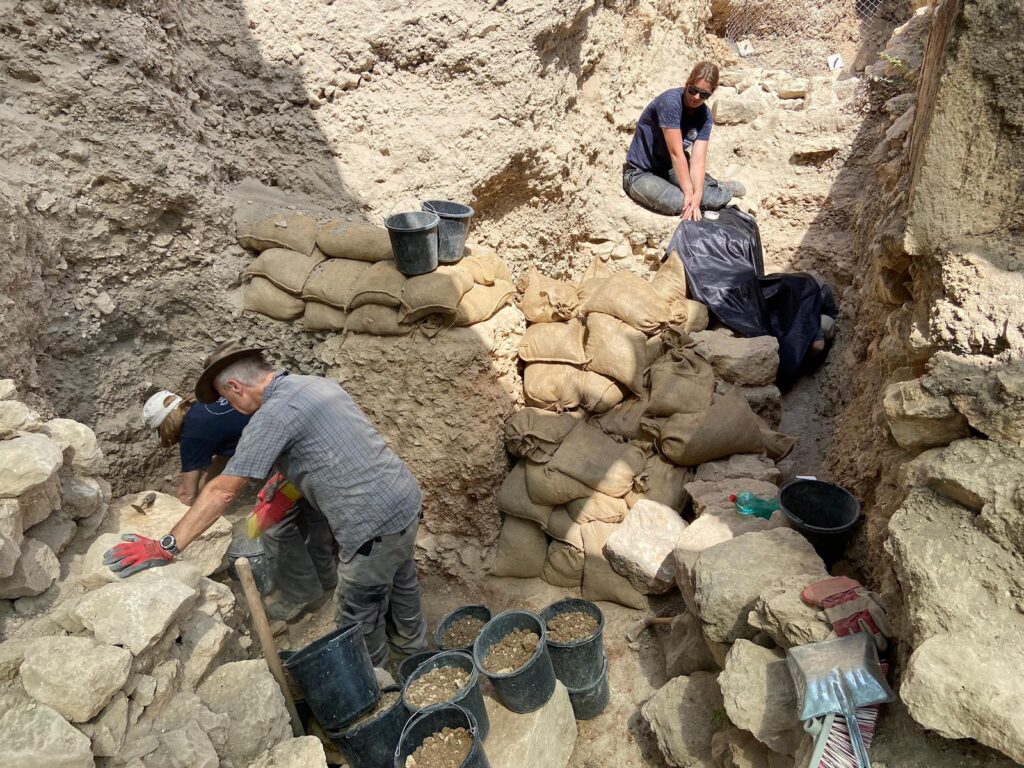
Due to Covid-19 entry regulations, the excavation in 2020 took place without volunteers. Thus, in addition to six staff members of the institute, a small number helpers from Jerusalem joined the team to participate by the hour or by the day.
The goal of the excavation this year was dedicated to the questions of the course and dating of the Iron Age city walls of Jerusalem. These two questions regarding the Iron Age city walls have been discussed for over a century and are intended to clarify essential conclusions for our ideas of the Old Testament and Jerusalem as well as its settlement until the year 70 AD – the destruction by Titus’ army. This ambitious quest cost all the efforts of the people present in Jerusalem and concluded with an extremely surprising result (see below).
An area of 12 m2 was removed down to a depth of 5.50 m, in order to investigate the “Iron Age city wall”, which is repeatedly mentioned in scientific discussions. Hereby a wall that was still widely preserved within the hillside up to our excavation was of special interest. The monk Bargil Pixner dated this wall in the 80s to the Iron Age meaning this wall dated to the time of the Old Testament. Neighboring excavations do not show such a course of the wall and therefore this very wall remnant, to which all further archaeological excavations of the Mount Zion referred, is of importance and had to be examined carefully.
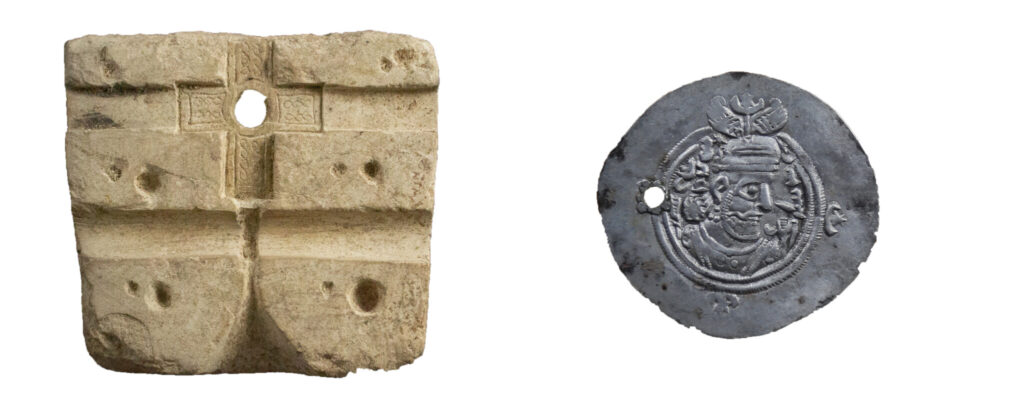
All the city walls found were carefully excavated and their construction phases and overlaps were examined by test cuts, as well as rebuilt and preserved. OSL and C14 samples were taken in abundance from all city walls and their foundations. Their analysis will extend into 2021 and lead to a more precise dating.
To the historical background
The Bible states in 2 Kings 20:20 that Hezekiah had built the water tunnel under the city of David and thus brought drinking water to the (walled) city. Additionally a siege of Jerusalem of the Assyrians by the great King Sennacherib is reported in 2 Kings 18 and 19 – which necessarily requires a walled city. This siege is confirmed in Assyrian sources:
“Moreover, (as for) Hezekiah of the land of Judah, who had not submitted to my yoke, I surrounded (and) conquered forty-six of his fortified cities, fortresses, and small(er) settlements in their environs, which were without number, by having ramps trodden down and battering rams brought up, the assault of foot soldiers, breaching, and the siege engines. … As for him (Hezekiah), I confined him inside the city Jerusalem, his Royal city, like a bird in the cage.” (Grayson, A. K. (2012). The Royal Inscriptions of Sennacherib, King of Assyria (704-681 BC), Part 1. Winona Lake: Eisenbrauns)
In addition, the books of Maccabees and Flavius Josephus report that in the Hellenistic Period (i.e. Ptolemaic and Seleucid era) a new city wall was built in Jerusalem (3rd/2nd century BC), also various construction activities are reported during the Hasmonean period (2/1st century BC). The Hasmonean walls found in Area I. However, the prominent features in Area I are the three thresholds for the gates which date to the time of Herod the Great (37-4 BC), Hadrian (after 135 AD), and Byzantine period (4th-5th century AD?) as well as the associated walls of the Herodian and Byzantine periods. Hadrian’s Gate stood free as an arched monument and is comparable to the contemporary Damascus Gate which at the time was named after the city of Neapolis that is located to the north of the city.
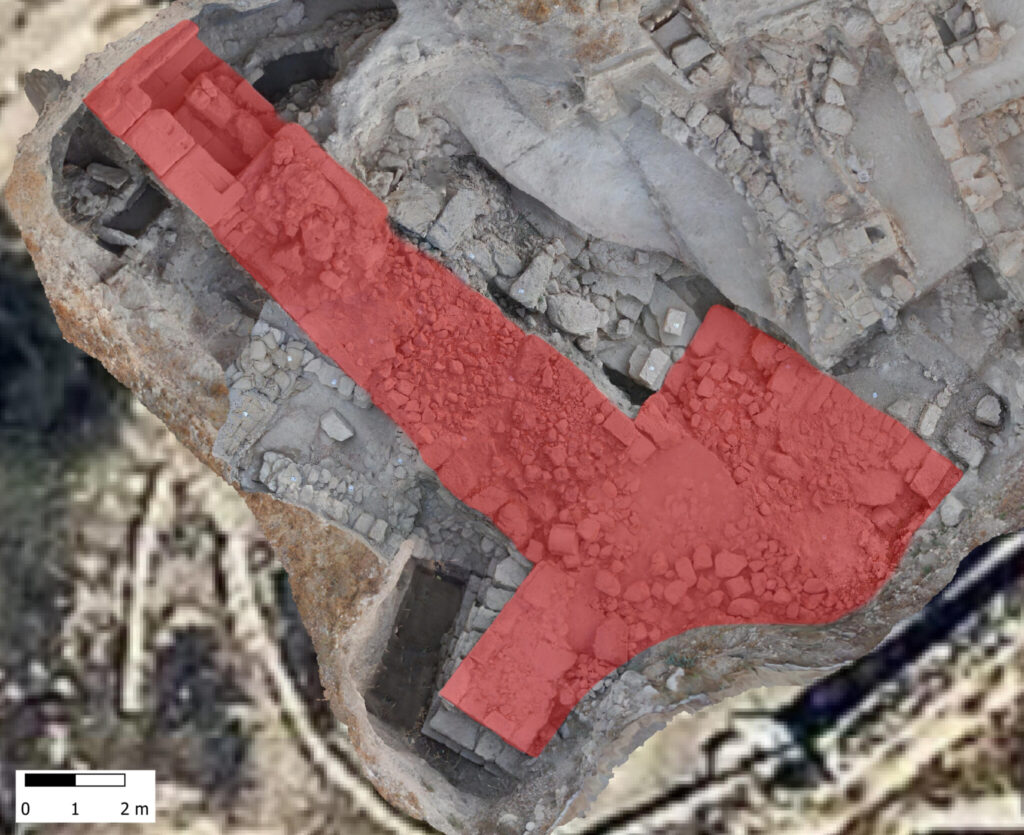
a) Byzantine wall with its city gate and tower probably dates to 4th century AD and constructed by the Roman Empress Eudocia (401-460 AD). This wall was “cut” into by our team in its width in an area of a 7th century repair to examine the alterations from its foundations. The original wall repair occurred after the Persian destruction and capture of the city in 614 AD (provisionally dated by us).
b) Hadrian (1st half of 2nd century AD) – free standing gate (‘arch monument’)
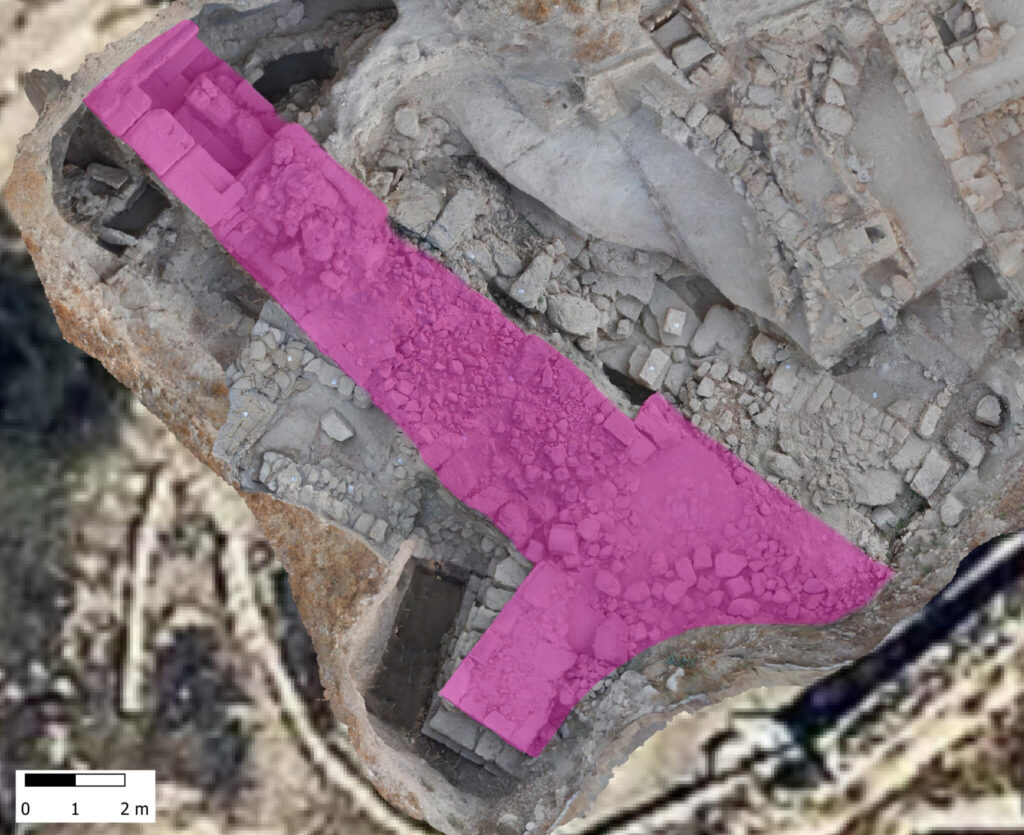
c) Herodian Wall with the famous ‘Essenes Gate’ (name by Flavius Josephus) and two city towers in the NW and SW of the gate
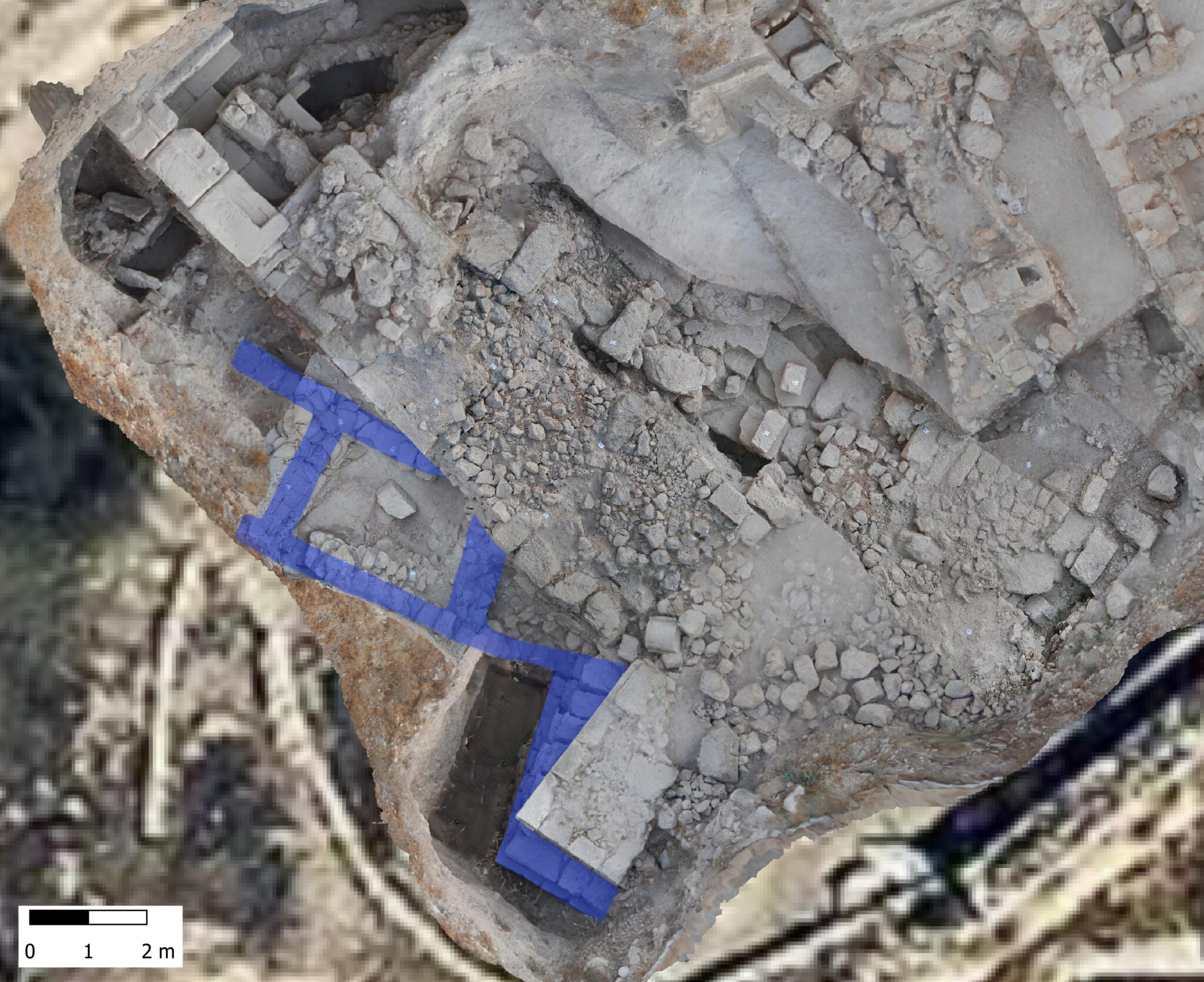
d) ‘Hasmonean period’ (unexpected) casemate wall – which was similarly found in the Catholic cemetery (east of our excavation site) by Bliss and Dickie over 100 years ago. The 2.40 m wide construction could also be proven in our Area I. Its filling – as believed up to now – was removed by Bargil Pixner (monk of Dormition Abbey) in the 80s. However, the construction of the casemate city wall was built directly on the existing rock. The partial filling was about 70 cm higher and was in fact only a fill layer during the repair of the wall after 624 AD)!
Pixner dated these city walls to the Iron Age (Old Testament period) as he was driven by the need to search for confirmation of the biblical reports from the 2nd Book of Kings. But its construction and foundations contained more than 90% Hellenistic/Early Roman pottery sherds.
Due to the incomplete documentation of Pixner’s work, his argumentation was not valid. In view of our finds, his thesis must definitely be rejected. In fact he (and we as well) found scattered sherds from the Iron Age II which suggests the area was used as a residential area or for agricultural purposes during this period. However, the youngest sherds always date the building. And the sherds of the classical period dominate the building and its foundation by more than 90%. This wall may also have included another tower and a gate area west of the gates known today. The outlines of these buildings were described and surveyed by Bliss and Dickie 100 years ago. A dating of this site is not possible, as it lies under the extension of the Anglican-Prussian cemetery since 1903/4 and was covered with German graves from World War I.
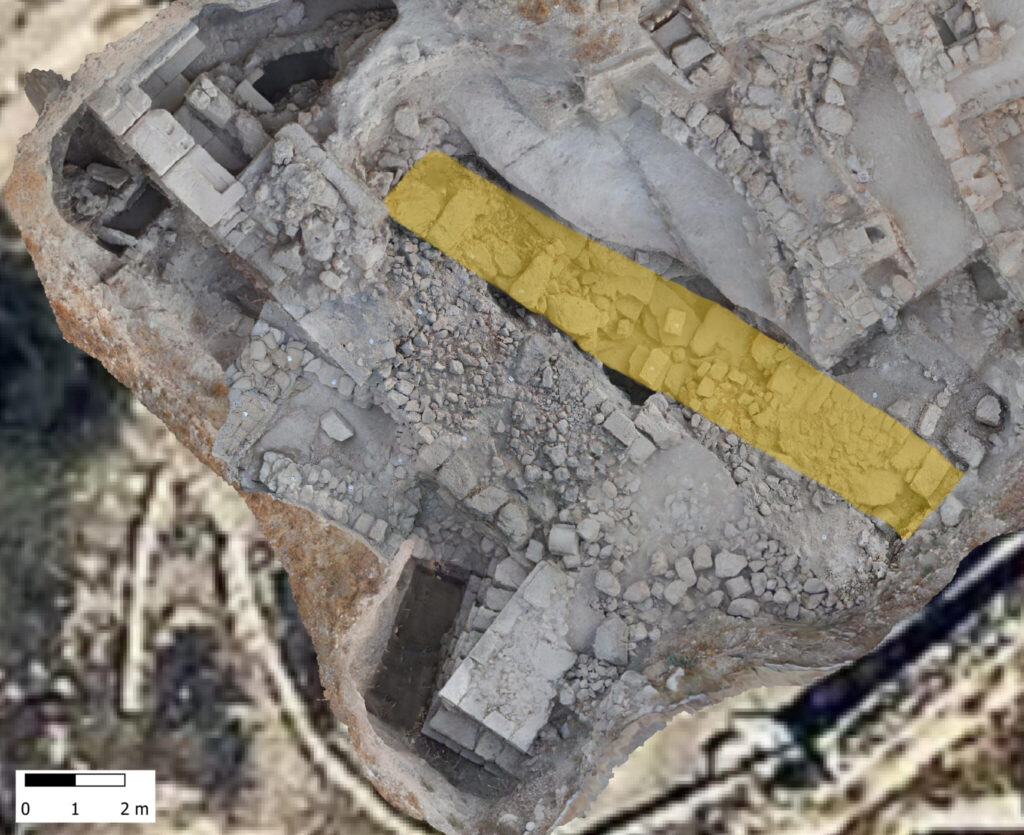
e) To the northeast of the Byzantine city wall, a further walled enclosure of the city from the Hellenistic period (3rd/2nd century BC) was uncovered. It consists of massive ashlars of about 110 x 32 x 45 cm as well as smaller stones laying on the hewn bedrock which is used as foundation. The construction of the wall is comparable with that of a fortification wall, especially with the fortifications in Samaria/Sebaste from the 4th/3rd century BC.
f) Clear Iron Age wall remains could not be found. The entire area was searched up to the natural rock. Whether some of the stones lying under the Byzantine wall belonged to the Iron Age wall will be determined by the OSL or C14 data. The evidence to prove the course of the Old Testament wall is in our area is not clear. This agrees with the finds of the Israeli excavations of the Antiquities Authority (IAA) on Mount Zion. They suggest that the Hellenistic city wall built over the Iron Age and followed its course. Only Bargil Pixner’s excavations in the 80s were a ‘beacon’ to this concept. His assumptions have definitively been refuted by our expansion of the excavation area.
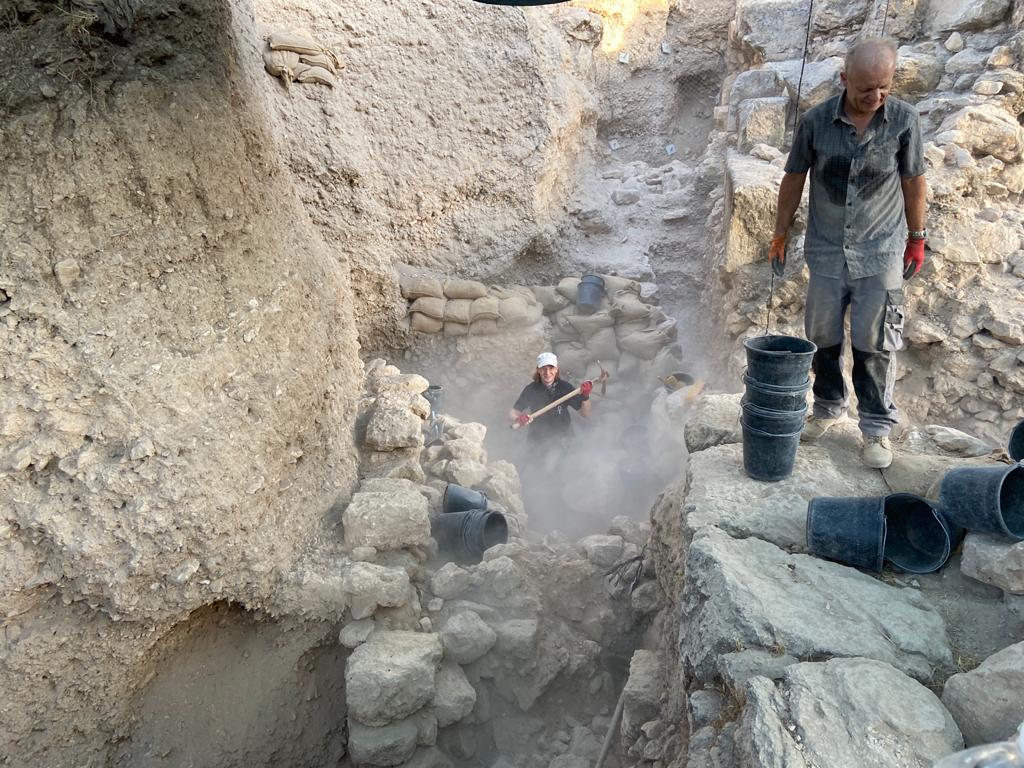
What does that mean? The Old Testament city of the 8th century BC, under King Hezekiah was walled. It was larger than today’s David City, which was founded in the 18th century BC by the Canaanites and was conquered by David in the 10th century BC. The city of the 8th century BC, was besieged by King Sennacherib, must have included the Assyrian refugees from the north of Israel, therefore, it was significantly larger than the city of David. In previous reconstructions, the city of the 8th century, including the entire Mt. Zion, was reconstructed quite extensively, if not to say it was ‘huge’. You certainly have to distance yourself from this idea by interpreting the facts on the ground to subsequently prove them archaeologically … but that will take some time. We are at the beginning with this question!
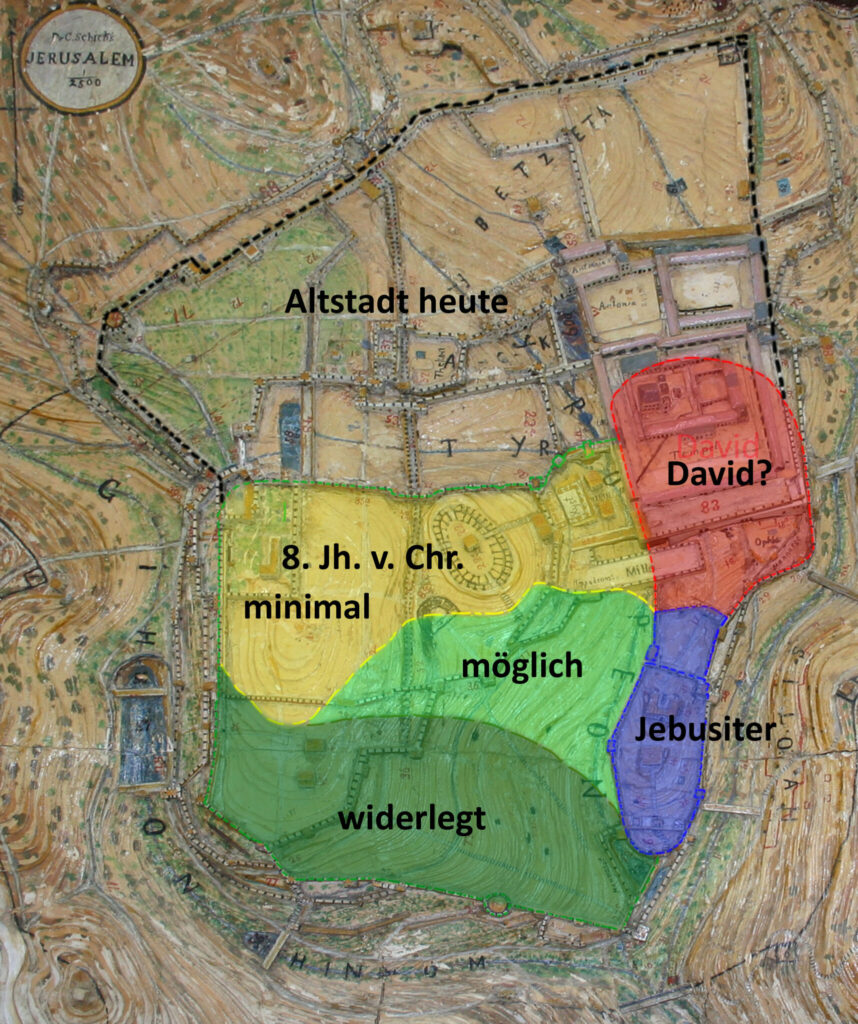
About the project
The excavation project of the DEI was started in 2015 and so far covers three areas. Area I is located in the area of the Anglican-Prussian cemetery east of the ancient city walls and represents the largest excavation area in terms of the surface covered. It was cleaned in 2015 and archaeologically examined from 2016 to 2020. This area is a residential area of well-off, but by no means wealthy citizens and people. We were able to excavate various strata (time periods). The Iron Age / Old Testament houses are missing, although Iron Age sherds were found.
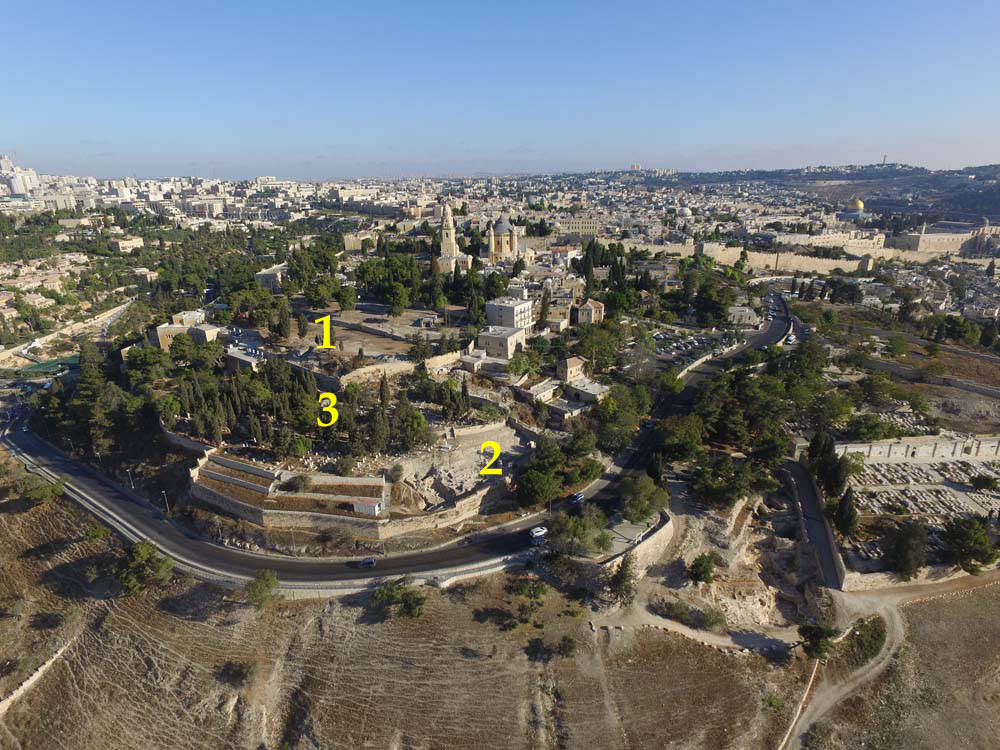
Area II is located in the so-called “Greek Garden”, west of the Dormitio Abbey. In 2017 and 2018 a rich Byzantine villa was excavated here in the area elevated above Area I. In 2019, area III was opened up near a double Mikveh in the cemetery between the other two areas. Remains of the Ayyubid walled enclosure of Mount Zion (tower, remains of walls and dry ditch) as well as richly furnished early Roman houses (dating back to 70 AD) were also excavated here.
The excavation work is led by Dieter Vieweger and was mainly driven forward by the area managers Friederike Schöpf, Katja Soennecken, Michael Würz, Katharina Palmberger and Jennifer Zimni.
In 2021 another area close to Bet Joseph (Dormitio) will be excavated.
History of Research and Results Living Area Area I
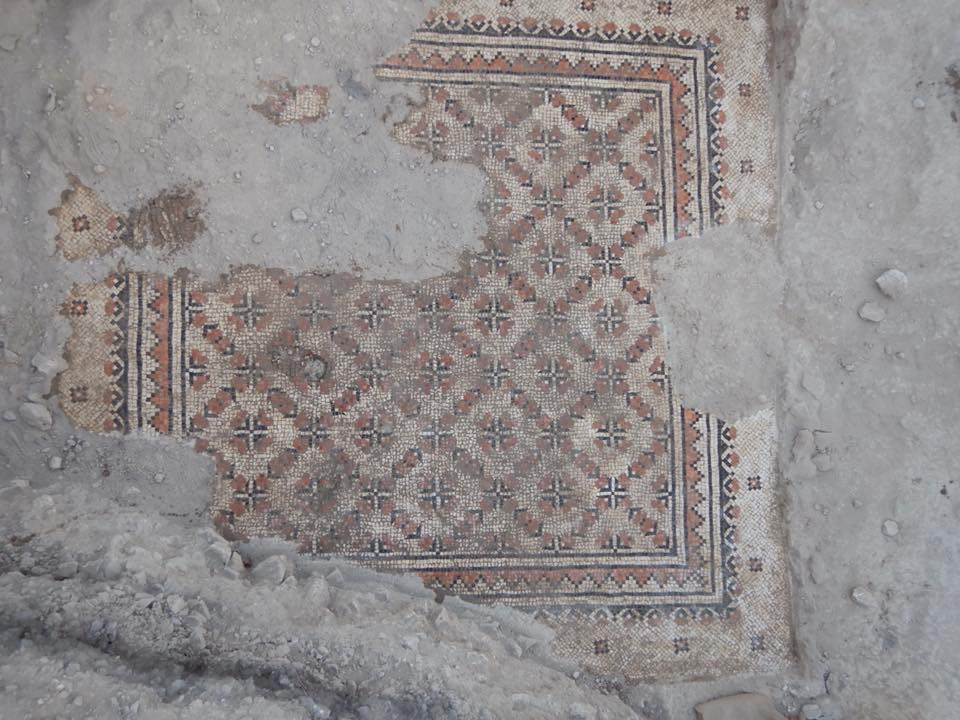
Areas I and II were already archaeologically investigated by Frederick Bliss and Archibald Dickie in the 19th century with tunnels and shafts, they also found the ‘Essenes Gate’ and the two younger gates (see above). Further excavations followed under Bargil Pixner, Doron Chen and Shlomo Margalit in the 1970s and 1980s. Their research was prompted by a predefined religious interest in early Christianity and the Essenes, as were their interpretations.
The city walls and the tower were made visible again by the DEI in 2015.
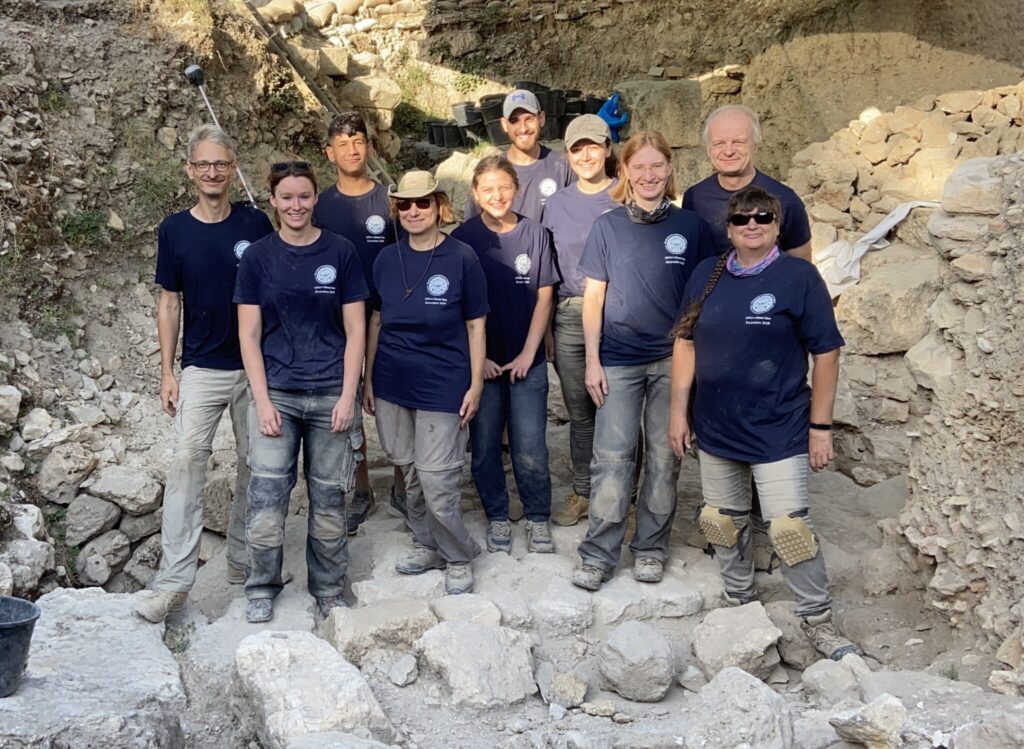
–
–
–
–
–
–
–
–
–
–
–
–
